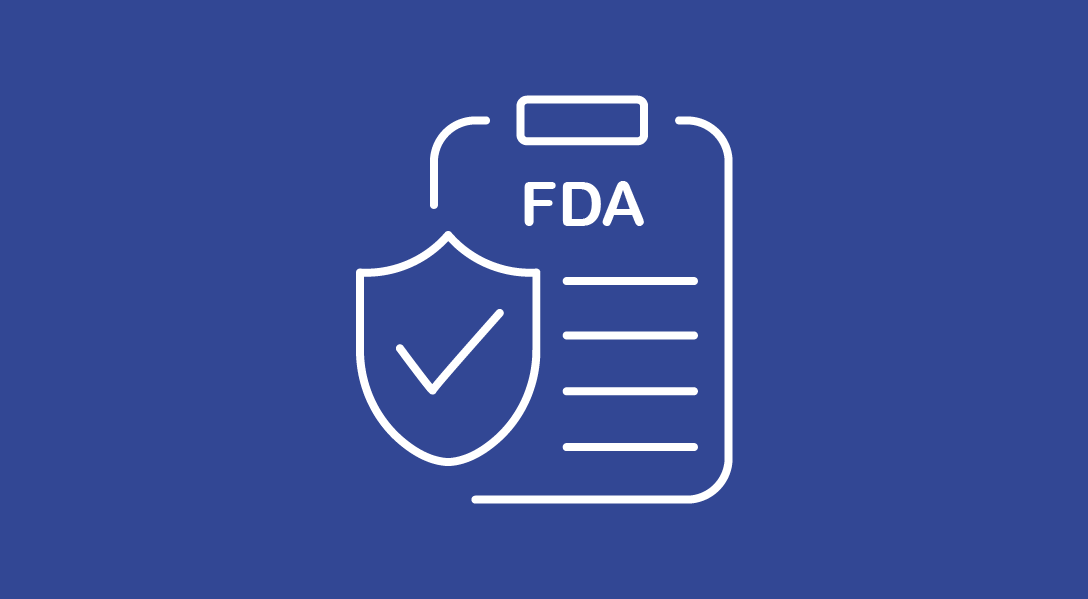Accelerated Approval Sought for RP1-Nivolumab Combo for Pretreated Melanoma
The FDA received a biologics license application for accelerated approval of RP1 plus nivolumab for advanced, pretreated melanoma.
The FDA received a biologics license application for the accelerated approval of RP1 plus nivolumab for advanced melanoma that was previously treated with a PD1 inhibitor.

The FDA received a biologics license application for the accelerated approval of RP1 (vusolimogene oderparepvec) plus nivolumab (Opdivo) to treat adults with with advanced melanoma that was previously treated with a PD1 inhibitor.1
The combination also received breakthrough therapy designation from the FDA for the same designation.
The breakthrough therapy designation was supported by safety and efficacy data from the anti-PD-1–failed melanoma cohort of the phase 1/2 IGNYTE trial (NCT03767348). Among all patients in this cohort (n = 156), at a median follow-up of 15.4 months (range, 0.5-55.5), the overall response rate (ORR) was 32.7%, including complete response (CR) and partial response rates of 14.7% and 17.9%, respectively.2 Among patients who had received prior anti–PD-1 monotherapy (n = 82), these respective rates were 37.8%, 22.0%, and 15.9%. Among those with prior exposure to both PD-1 and CTLA-4 inhibitors (n = 74), these respective rates were 27.0%, 6.8%, and 20.3%.
“Today is an important milestone for Replimune and for the melanoma community as we are 1 step closer to having another potential treatment available for patients who have limited options after progressing on anti-PD-1–containing regimens,” Sushil Patel, PhD, CEO of Replimune, stated in a news release.1
The IGNYTE trial enrolled 156 patients with cutaneous melanoma who had progressed on prior PD-1 inhibitors, 16 of whom had been treated in prior cohorts of IGNYTE.2 Patients needed to have at least 1 measurable and injectable lesion, adequate organ function, no prior treatment with oncolytic therapy, and an ECOG performance status of 0 or 1.
During cycle 1, which began 28 days after screening, patients received RP1 at 1 x 106 pfu/mL. Subsequently, patients received RP1 at 1 x 107 pfu/mL plus nivolumab at 240 mg during cycles 2 through 8; nivolumab at 240 mg during cycle 9; and nivolumab at 480 mg every 4 weeks during cycles 10 through 30. Each cycle was 2 weeks long.
The primary objective of IGNYTE was to evaluate the safety and efficacy of the combination. Secondary objectives included ORR, duration of response (DOR), CR rate, disease control rate (DCR), progression-free survival (PFS), 1-year overall survival (OS) rate, and 2-year OS rate.
In total, 70.4% of responding patients had lesions beyond their target lesions that were not injected with RP1. The responses in injected and non-injected lesions had similar durations and kinetics, and depth of response was observed in lesions regardless of whether they were injected.
At a median follow-up of 27.9 months (range, 10.5-55.5) in responders, the median DOR was 36.57 months (95% CI, 23.89-not reached). The DCR was 55%, and 65% of responses were ongoing at the time of the data analysis.
The safety profile of the combination was associated with adverse effects (AEs) that were predominantly grades 1 and 2, with a low incidence of grades 3 and 4 AEs. The most common treatment-related AEs were chills (total, 34.0%; grade 3, 0.7%), fatigue (33.3%; 1.3%), pyrexia (31.4%; 0%), nausea (22.4%; 0%), influenza-like illness (19.2%; 0%), injection site pain (14.7%; 0%), diarrhea (13.5%; 0.6%), vomiting (13.5%; 0%), headache (12.8%; 0%), pruritus (12.8%; 0%), asthenia (9.0%; 0.6%), arthralgia (7.1%; 0.7%), myalgia (7.1%; 0%), decreased appetite (6.4%; 0.6%), and rash (6.4%; 0.6%). One each of the following grade 4 AEs were also observed: increased alanine aminotransferase levels, increased blood bilirubin levels, cytokine release syndrome, hepatic cytosis, splenic rupture, and myocarditis. No grade 5 AEs were observed.
The confirmatory phase 3 IGNYTE-3 trial (NCT06264180) is currently enrolling. This study is evaluating RP1 plus nivolumab in patients with advanced melanoma who have progressed on PD-1- and CTLA-4–directed therapy or who are not eligible for CTLA-4–directed therapy. The primary end point is OS, and secondary end points include PFS and ORR.3
References
1. Replimune receives breakthrough therapy designation for RP1 and submits RO1 biologics license application to the FDA under the accelerated approval pathway. News release. Replimune Group, Inc. November 21, 2024. Accessed November 22, 2024. https://ir.replimune.com/news-releases/news-release-details/replimune-receives-breakthrough-therapy-designation-rp1-and
2. Wong MKK, Sacco JJ, Robert C, et al. Efficacy and safety of RP1 combined with nivolumab in patients with anti–PD-1–failed melanoma from the IGNYTE clinical trial. J Clin Oncol. 2024;42(suppl 16):9517. doi:10.1200/JCO.2024.42.16_suppl.9517
3. VO and nivolumab vs physician’s choice in advanced melanoma that progressed on anti-PD-1 & anti-ctla-4 drugs (IGNYTE-3). ClinicalTrials.gov. Updated November 20, 2024. Accessed November 22, 2024. https://clinicaltrials.gov/study/NCT06264180
Cemiplimab as Adjuvant Therapy Improves DFS in High-Risk Cutaneous Squamous Cell Carcinoma
January 20th 2025Adjuvant cemiplimab demonstrated a statistically significant improvement in DFS compared to placebo in post-surgical patients with high-risk CSCC, impacting post-operative care considerations.



